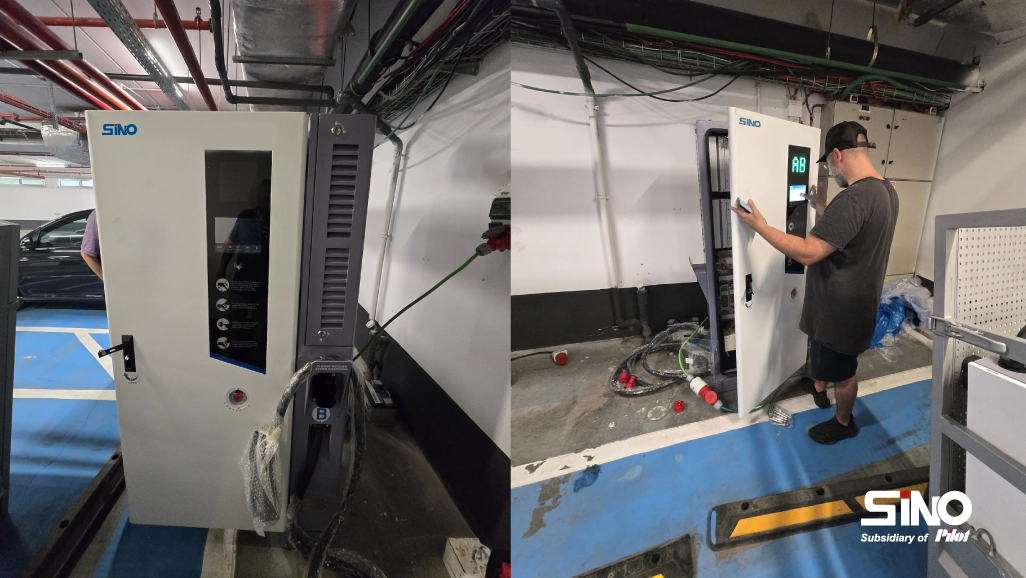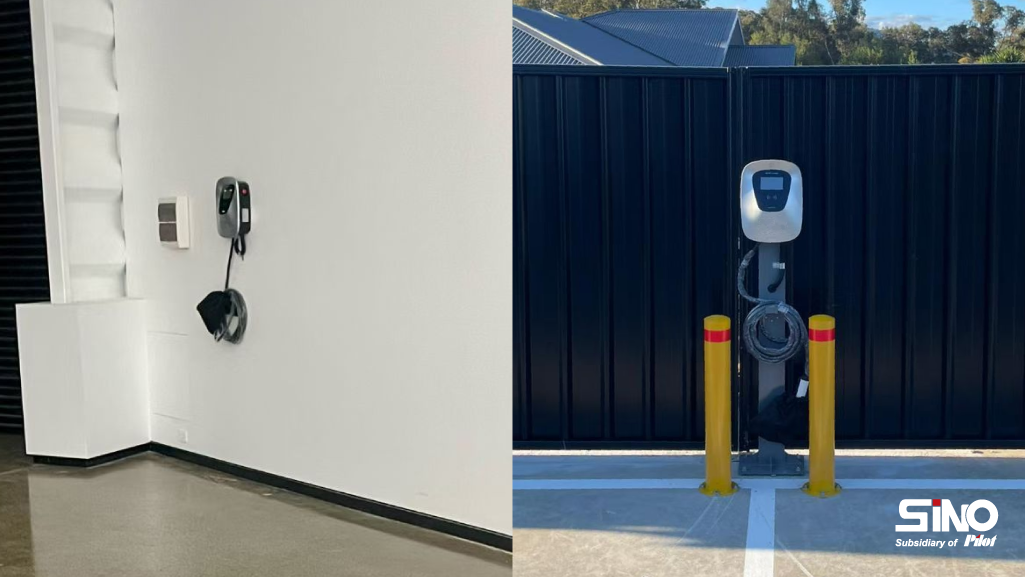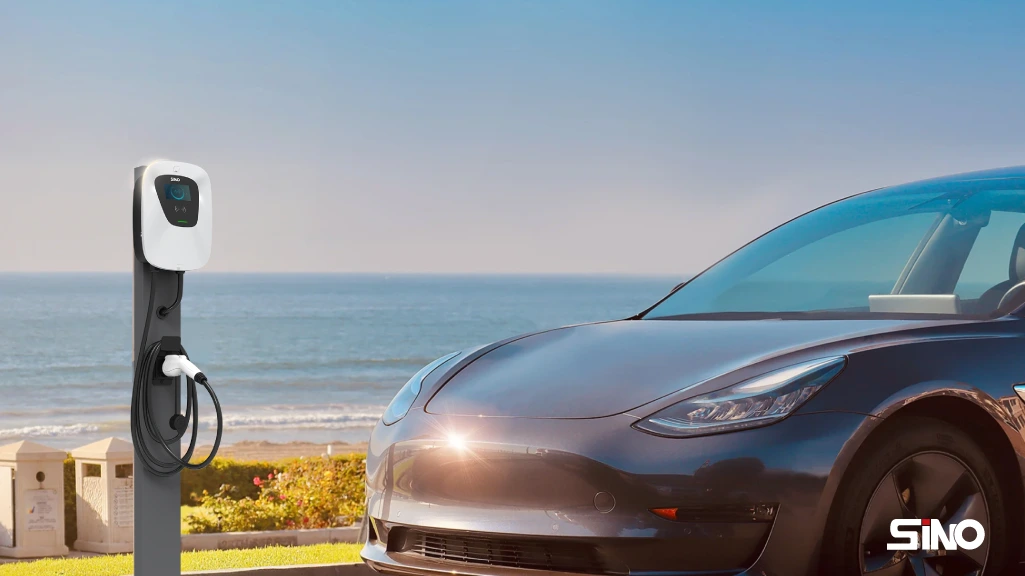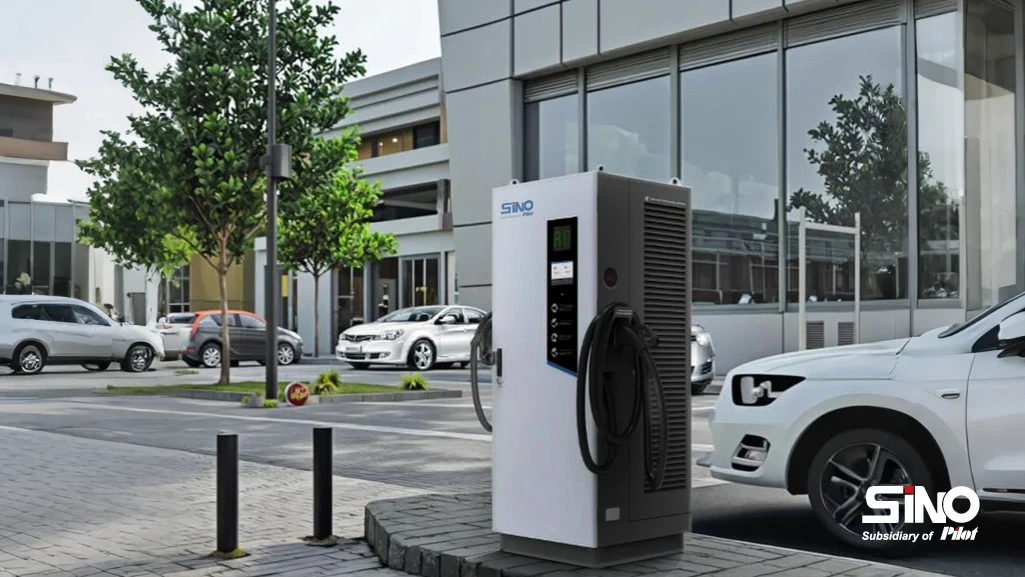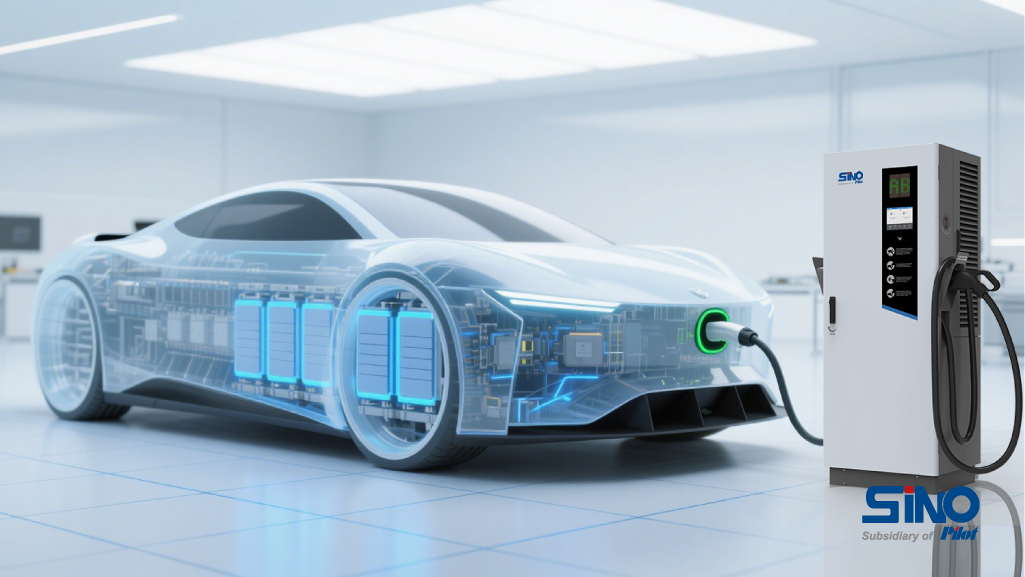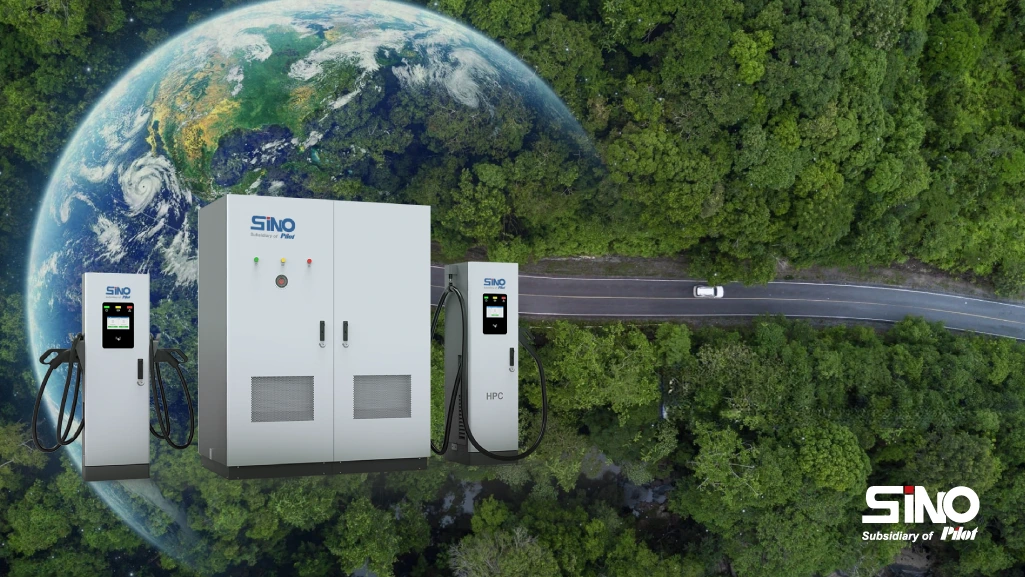Introduction
The electric vehicle (EV) market is expanding rapidly, and investing in an EV charging station business presents a lucrative opportunity. However, before diving in, it is crucial to calculate the return on investment (ROI) to ensure profitability. This article will guide you through the key factors influencing ROI, how to calculate it, and strategies to maximize returns.
Why EV Charging Stations Are a Smart Investment
Growing Demand: Global EV sales surged 35% YoY in 2023 (IEA), creating an urgent need for charging infrastructure.
Government Incentives: Programs like the U.S. NEVI Program offer $5B+ for charger installations.
Recurring Revenue: Charging stations generate income through:
- Pay-per-use fees (0.30-0.60/kWh)
- Subscription models
- Ad partnerships (e.g., digital screen ads)
Future-Proofing: EV adoption is inevitable, early movers gain brand loyalty.
Understanding the Key Revenue Streams
1. Charging Fees
EV station owners earn revenue by charging fees per kilowatt-hour (kWh) or per charging session.
Pricing models may vary: pay-per-use, subscription-based, or dynamic pricing depending on demand.
2. Government Incentives and Subsidies
Many governments offer grants, tax credits, or incentives to support EV infrastructure.
These financial aids reduce capital investment and improve ROI.
3. Advertising and Partnerships
Charging stations can generate additional revenue through digital screens or on-site advertisements.
Collaborations with retail locations, shopping malls, or restaurants can provide additional financial benefits.
4. Value-Added Services
Some EV charging stations offer premium services such as fast charging, WiFi, or lounge areas.
Integrating loyalty programs or app-based memberships can boost revenue.

Calculating ROI: A Step-by-Step Guide
1. Identify Total Investment Costs
Installation Costs: Hardware, software, site preparation, electrical upgrades, and labor.
Operational Costs: Electricity consumption, maintenance, software updates, network fees, and insurance.
Marketing and Administrative Costs: Promotion, branding, and customer service expenses.
2. Estimate Revenue Generation
Average charging price per kWh or per session.
Number of daily charging sessions.
Additional revenue from partnerships, ads, and premium services.
3. Calculate Payback Period and Profitability
ROI Formula: ROI (%) = [(Total Revenue − Total Costs) / Total Costs] x 100
Payback Period: Payback Period=Total Investment / Annual Profit
A shorter payback period (typically 3-5 years) indicates a more profitable venture.
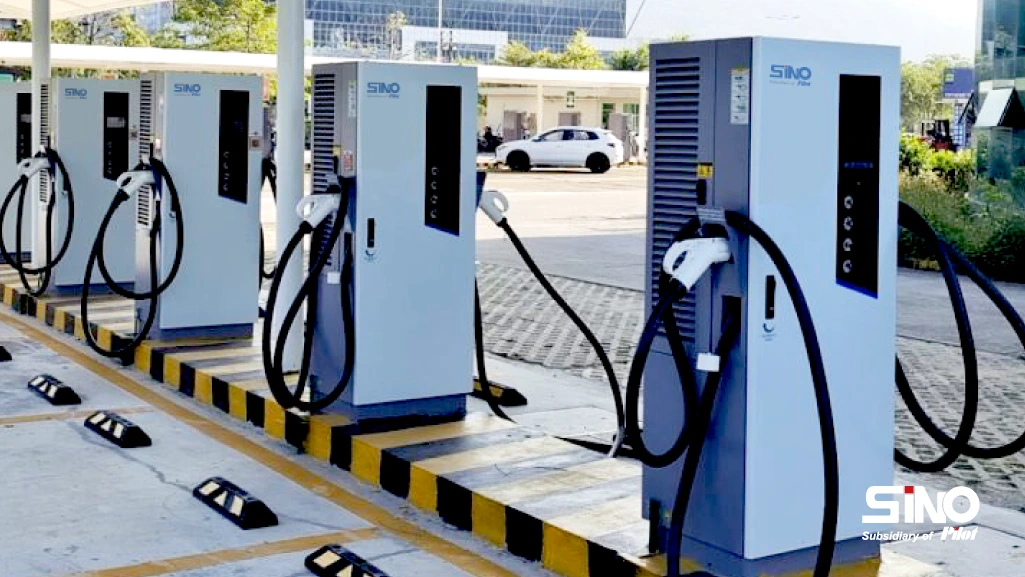
Example Calculation:
Initial Investment: $100,000 (2 DC fast chargers + installation)
Annual Revenue: $65,000 (charging fees + ads)
Annual Costs: $20,000 (electricity + maintenance)
Net Profit: $45,000/year
Payback Period: 2.2 years (100,000÷45,000)
5 Years ROI: [(225,000−100,000) / $100,000] x 100 = 125%
Factors That Influence ROI
1. Location and Traffic Volume
High-traffic areas such as highways, shopping centers, and urban centers yield higher utilization rates.
Conducting a feasibility study to assess demand is crucial.
2. Charging Speed and Technology
Fast DC chargers (50kW-350kW) command higher fees but have greater installation costs.
AC chargers are more affordable but cater to long-duration parking scenarios.
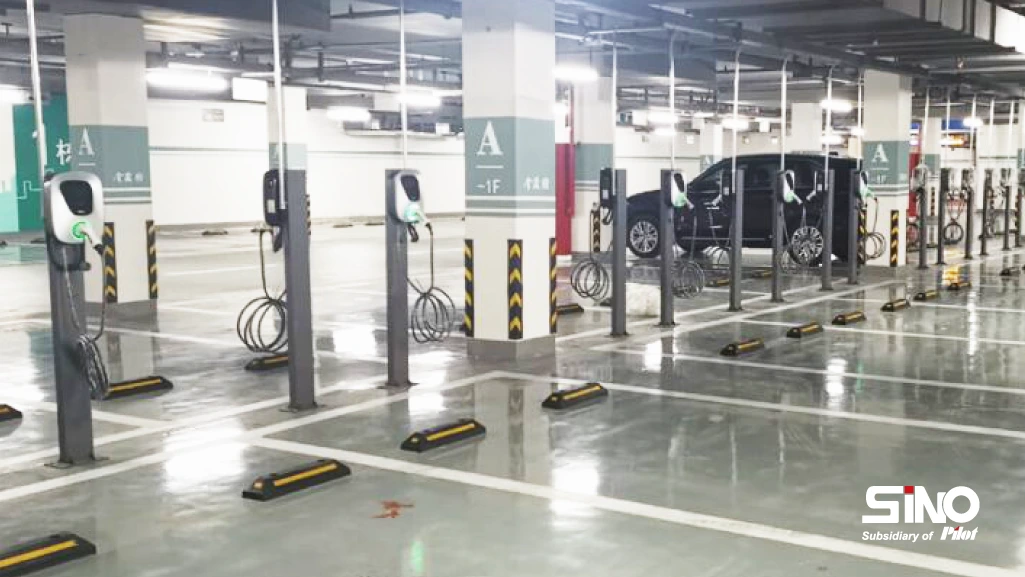
3. Energy Costs and Pricing Strategy
Electricity prices vary by location and time of day.
Implementing dynamic pricing strategies can enhance profitability.
4. Maintenance and Reliability
Frequent breakdowns and downtime can negatively impact customer retention and revenue.
Investing in high-quality equipment reduces maintenance costs over time.
Strategies to Maximize ROI
1. Leverage Government Incentives
Take advantage of available subsidies and tax credits to lower initial costs.
2. Optimize Charging Station Utilization
Use smart scheduling and reservation systems to minimize idle time.
Partner with ride-hailing or fleet companies for steady utilization.
3. Offer Membership Programs and Promotions
Encourage repeat customers through loyalty programs and discounted subscription models.
4. Implement Renewable Energy Solutions
Solar-powered charging stations reduce electricity costs and enhance sustainability appeal.
Conclusion
Calculating ROI for EV charging stations requires careful analysis of costs, revenue models, and local market conditions. By optimizing pricing, leveraging subsidies, and choosing high-traffic locations, operators can achieve ROI exceeding 25% annually. As EV adoption grows, charging infrastructure will remain a resilient, future-focused investment.
FAQs About EV Charging Station Profitability
Q: How long does it take to break even?
A: Typically 2-5 years, depending on location and charger type.
Q: What‘s the profit margin for a charging station?
A: 15-35% after operational costs.
Q: Do I need to own the land?
A: No-many operators lease space (e.g., 10-20% revenue share with landowners).
Q: Are subsidies worth pursuing?
A: Absolutely! Grants can cover 30-80% of hardware/installation costs.
Our Social
Facebook: www.facebook.com/sinoevc
Instagram: www.instagram.com/sinoevc
Linkedin: www.linkedin.com/company/sinoevse
Youtube: www.youtube.com/@sinoevc
Twitter: www.twitter.com/sinoevc
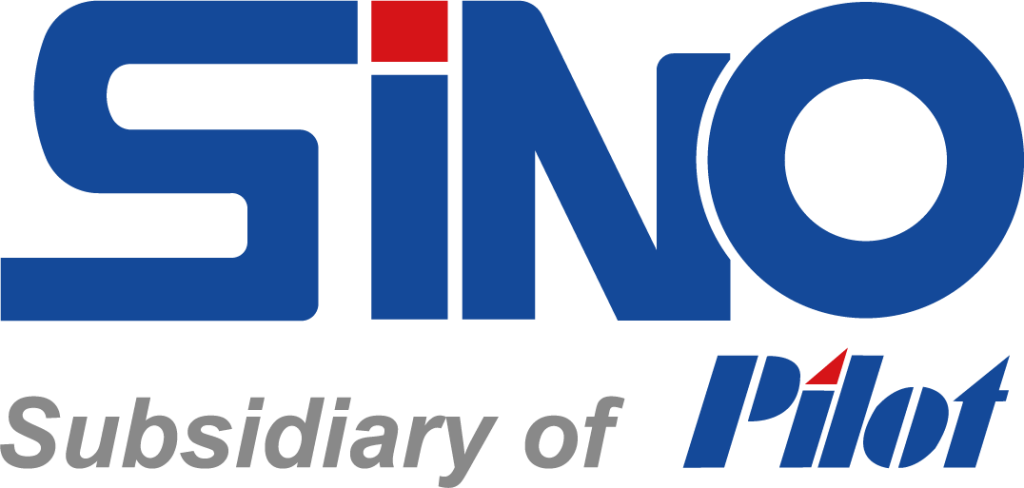
“Charging for A Better Life”
—Zhuhai Sino Energy Technology Co.,Ltd.






